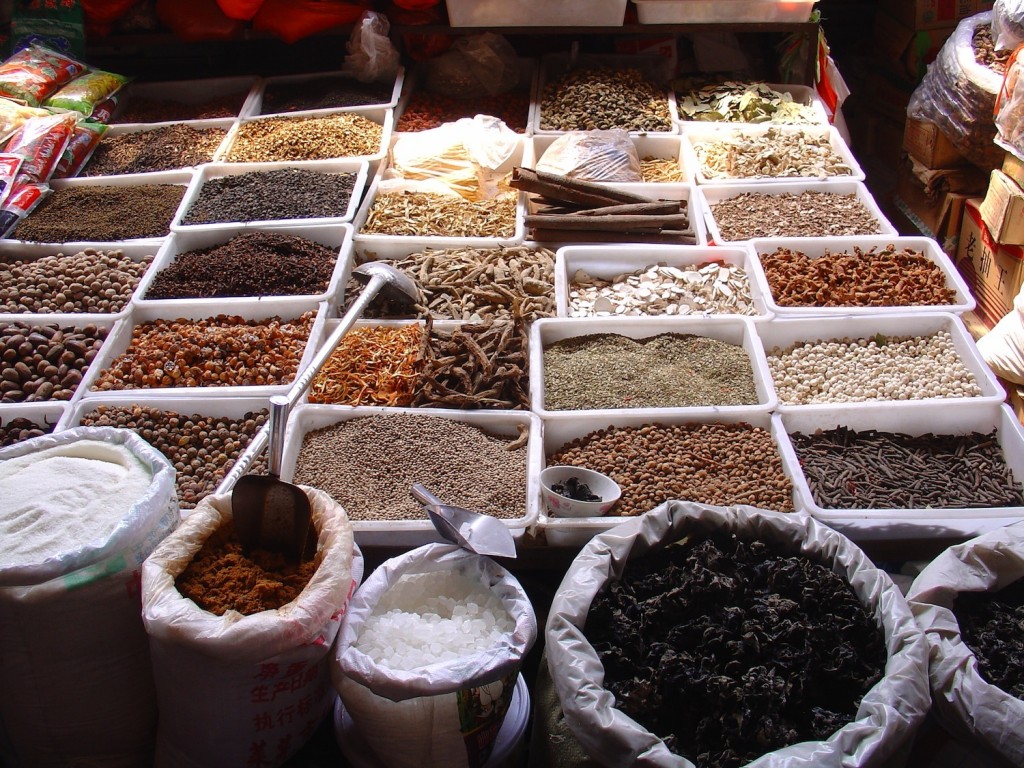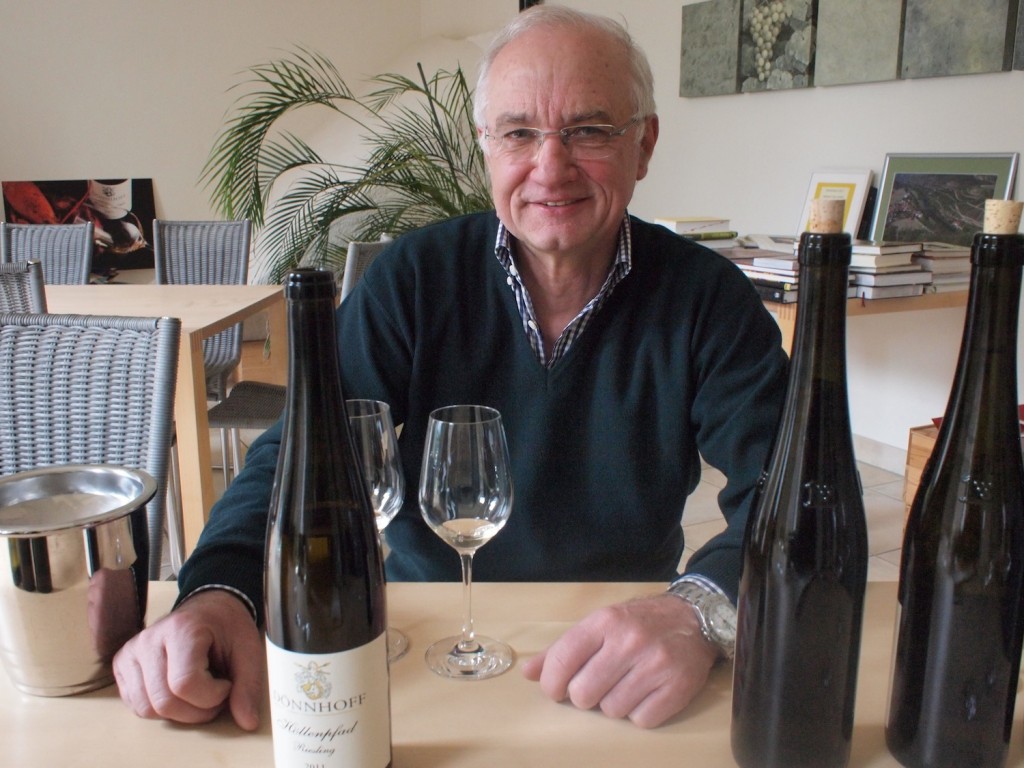Note: I just made a few important changes to this. The heavy cold I had when I wrote it dulled my mind slightly. Thankfully I’m feeling a lot better and clearer in my head today.
Maybe it’s all just my compulsive side, my personal obsession, but I don’t think so. Let me explain. A couple of days ago I pointed out that what makes Riesling unique amongst wines, is the way it spans the whole range from bone dry to honey-sweet, from featherweight to super-heavyweight and almost the entire aroma spectrum (just about every fruit, flower, herb and spice you can think of plus a lot else). I forgot to mention that as delightful as young Rieslings are, the best of them are transformed by bottle aging into something even more fascinating, a process which often extends for decades, and can stretch to a century or more without the wine losing its appeal. And then there are the sparkling versions, which are so drastically under-appreciated…
If that was all Riesling is about, then this website along with the book and movie slowly developing out of it could easily be over-sized receptacles for the material available. However, there’s a lot more to the Riesling Phenomenon than this, beginning with the fact that the enormous flavor diversity of my favorite grape’s wines is not simply dazzling or confusing (depending upon your perspective), rather it communicates something. That is, it is simultaneously expressive of the somewhere (the exact place where the wine grew, i.e. terroir), sometime (the exact conditions during the growing season, i.e. vintage) and the someone (the person who cultivated the vines and made the wine, i.e. artistry) behind the wine. That is what Paul Grieco meant when he said, “there’s some serious shit going on in there” in my short Riesling movie.
According to some terroir freaks Riesling and all other wines are location, location, location, but the truth is that human artistry is always in there too (or the result would be vinegar), and often not only that of the present generation, but also those before them. By that I also mean practical things like who planted the vines (if they weren’t all planted by this generation, which is seldom the case). That adds up to location-vintage-artistry, and those hyphens are critical, because they indicate that these things can’t ever be entirely separated from one another. If you think that sounds mystical and are wondering if I’m beginning to lose my mind, then all I’m doing here is translating what Helmut Dönnhoff (pictured below) of the eponymous wine estate in Oberhausen/Nahe in Germany told me recently when I was shooting material for the third series of my German TV series ‘Weinwunder Deutschland’. So I have it on video!
This brings us to the crucial point. It was the expressiveness of Riesling, no less than the special features of the wines which would go into a conventional USP definition – highly aromatic, but not loud; excitingly refreshing and intense yet sleek – which ignited the fire that is the Global Riesling Phenomenon. Generally the wine scene first wants quality (often that means flavor concentration more than anything else) and secondly novelty (often that means fads and fashions) and diversity comes way behind that, but in this case things functioned differently. Thank God! We’re all agreed about the importance of bio-diversity, but what about vino-diversity? I have nothing per se against so-called “Parker Wines”, but I have something seriously against the homogenization of wine whatever direction that goes in. Without vino–diversity how could wine exert any lasting fascination or be worth discussing?
But you can take all this yet another step. For me Riesling is also a compelling role model for many other wines and a paradigm for wine in general. It is off course a totally different paradigm to those which Cabernet Sauvignon (red) and Chardonnay (white) offer. The interesting thing is that the words I instinctively reach for to describe the Riesling paradigm – transparency, honesty/authenticity, minerality, sensitivity/ elegance and drinkability – have been buzz words in the wine scene since the serious backlash to the “Parker Wines” set in the 1990s. Winemakers and winery marketing departments have slapped those descriptors on all kinds of wines, including a slew that never deserved them. Now that boomerang has turned around and landed back where it came from: Riesling. May the Force be with you!
PS More on all of this subject when I get back out into the city again. New York has already helped me kick Riesling Global way further down the road. High on my to do list is defining those italicized descriptors in the previous paragraph.



![120114_riesling_global_RZ [1600x1200]](http://www.stuartpigott.de/wp-content/uploads/2012/12/120114_riesling_global_RZ-1600x120016.jpg)
Pingback: New York Riesling Diary: Day 19 – Why all this Fuss about Riesling … | Which Wine Is Sweet
I’m very pleased to uncover this site. I need to to thank you for ones time for this wonderful read!! I definitely appreciated every part of it and i also have you book marked to look at new stuff on your blog.
Aw, this was an extremely nice post. Taking the time and actual effort to make a very good article… but what can I say… I procrastinate a whole
lot and don’t manage to get nearly anything done.